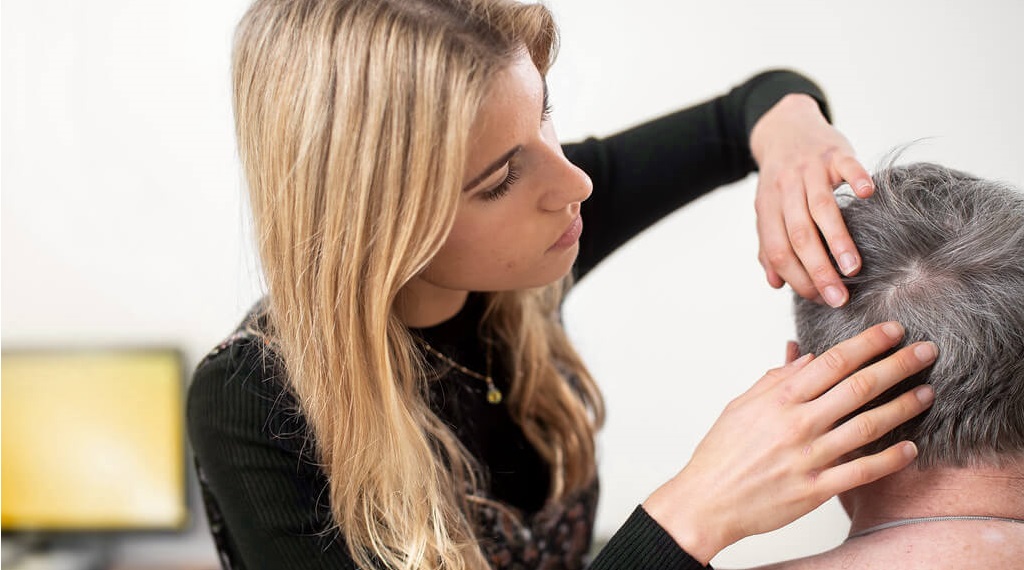
Every year, at the beginning of summer, Cancer Council and the Australasian College of Dermatologists come together for National Skin Cancer Action Week. The focus of this year’s National Skin Cancer Action Week (20-26 November) is to highlight that we need to do more to promote sun protection.
Here are 5 important things to know about skin cancer.
1. Australia has the highest rate of skin cancer in the world, in fact it is the most common cancer in Australia
Australia has the highest rate of skin cancer in the world, it’s even known as our national cancer. More than 15,000 Australians are diagnosed with melanoma each year, and over one million non-melanoma skin cancers are treated. Skin cancer accounts for over 80% of all new cases of cancer diagnosed in Australia each year.
About two in three Australians will be diagnosed with some form of skin cancer in their lifetime.
2. There are different types of skin cancer
Basal cell carcinoma (BCC)
The most common type (about 66% of skin cancers), starts in the basal cells of the skin.
BCC usually grows slowly over months or years and only rarely spreads to other parts of the body. If left untreated, some BCCs can grow deeper into the skin, invade nerves and damage nearby tissue, making treatment more difficult. Having one BCC increases the risk of getting another. There can be more than one BCC at the same time on different parts of the body.
Squamous cell carcinoma (SCC)
The second most common type (about 33% of skin cancers), starts in the squamous cells of the skin.
SCCs can grow quickly over several weeks or months. Some are found only in the top layer of the skin. These are called SCC in situ, intra-epidermal carcinoma or Bowen’s disease. If SCC invades through the basement membrane it is called invasive SCC. If left untreated, this can spread to other parts of the body (metastatic SCC). SCC on the lips and ears is more likely to spread.
Melanoma
Melanoma starts in the melanocyte cells and makes up 1-2% of all skin cancers. It is the most serious form of skin cancer because it is more likely to spread to other parts of the body, especially if not found and treated early. Learn more about melanoma skin cancer.
3. Skin cancer is the most preventable type of cancer
Over 95% of skin cancers are caused by overexposure to ultraviolet (UV) radiation from the sun, making skin cancer the most preventable of all common cancers. When you protect your skin from UV, you significantly reduce your risk of skin cancer.
When the UV index is 3 or higher, protect yourself in five ways:
- Slip on clothing that covers your shoulders, arms and legs
- Slop on SPF30 or higher broad-spectrum water-resistant sunscreen. Apply 20 minutes before going outdoors and reapply every two hours
- Slap on a sun smart hat (broad-brimmed, bucket or legionnaire style) that protects your face, ears and neck
- Seek shade whenever you can
- Slide on sunglasses that meet Australian Standard AS1067 and fit your face
4. Skin cancer isn’t always treatable by removal
Surgery to remove the cancer is the most common treatment for non-melanoma skin cancers like invasive BCC and SCC.
A very small number of BCCs and SCCs spread to the lymph nodes or other areas of the body, which are then considered advanced skin cancer. They require surgery, radiation therapy or drug therapies such as immunotherapy, targeted therapy or chemotherapy.
When it comes to melanoma, treatments vary depending on whether the melanoma is considered early or advanced. Treatment may include removal of lymph nodes and additional treatments such as immunotherapy, targeted therapy or radiation therapy.
5. Skin cancers don’t all look the same
Signs to look out for include:
- a spot that looks and feels different from other spots on your skin
- a spot that has changed size, shape, colour or texture
- a sore that doesn’t heal within a few weeks
- a sore that is itchy or bleeds.
Check your skin for changes regularly. There is no set guideline on how often to check for skin cancer but getting to know your own skin will help you notice any new or changing spots.
If you notice any changes to your skin, make an appointment with your general practitioner (GP) or dermatologist straightaway. The sooner skin cancer is found, the easier it is to treat.






